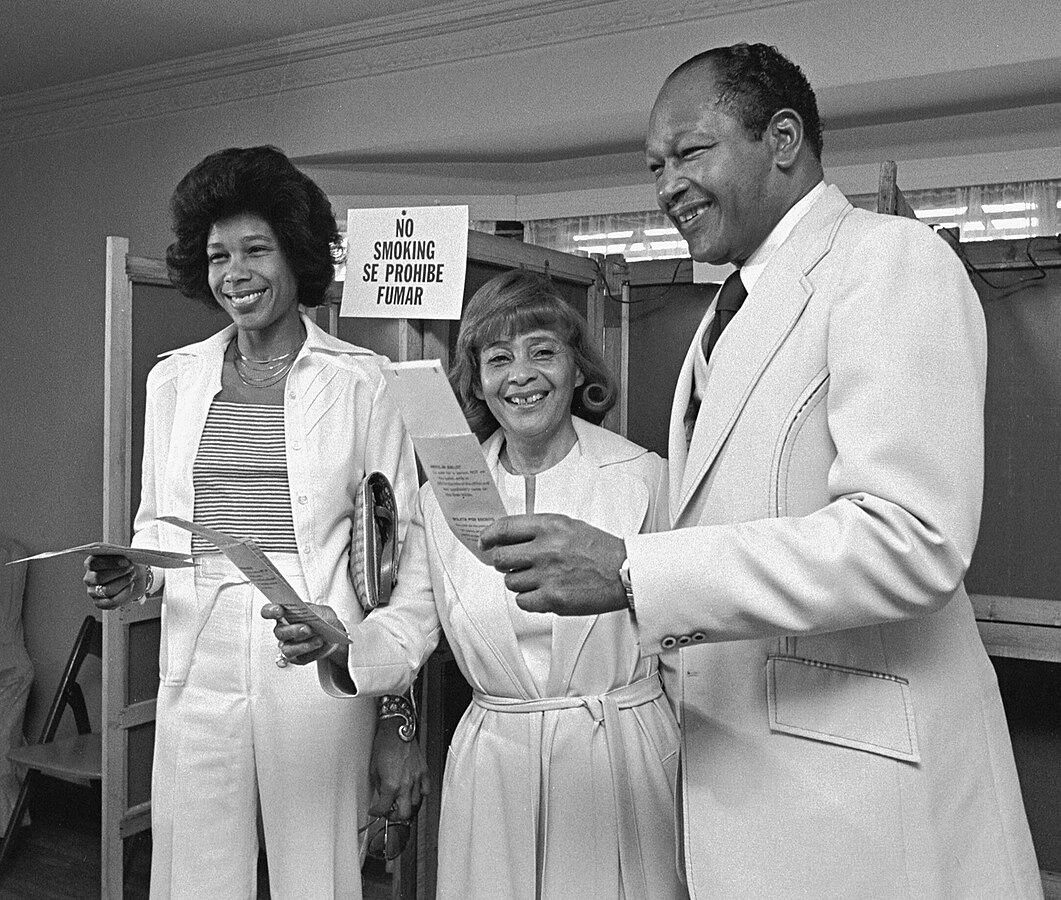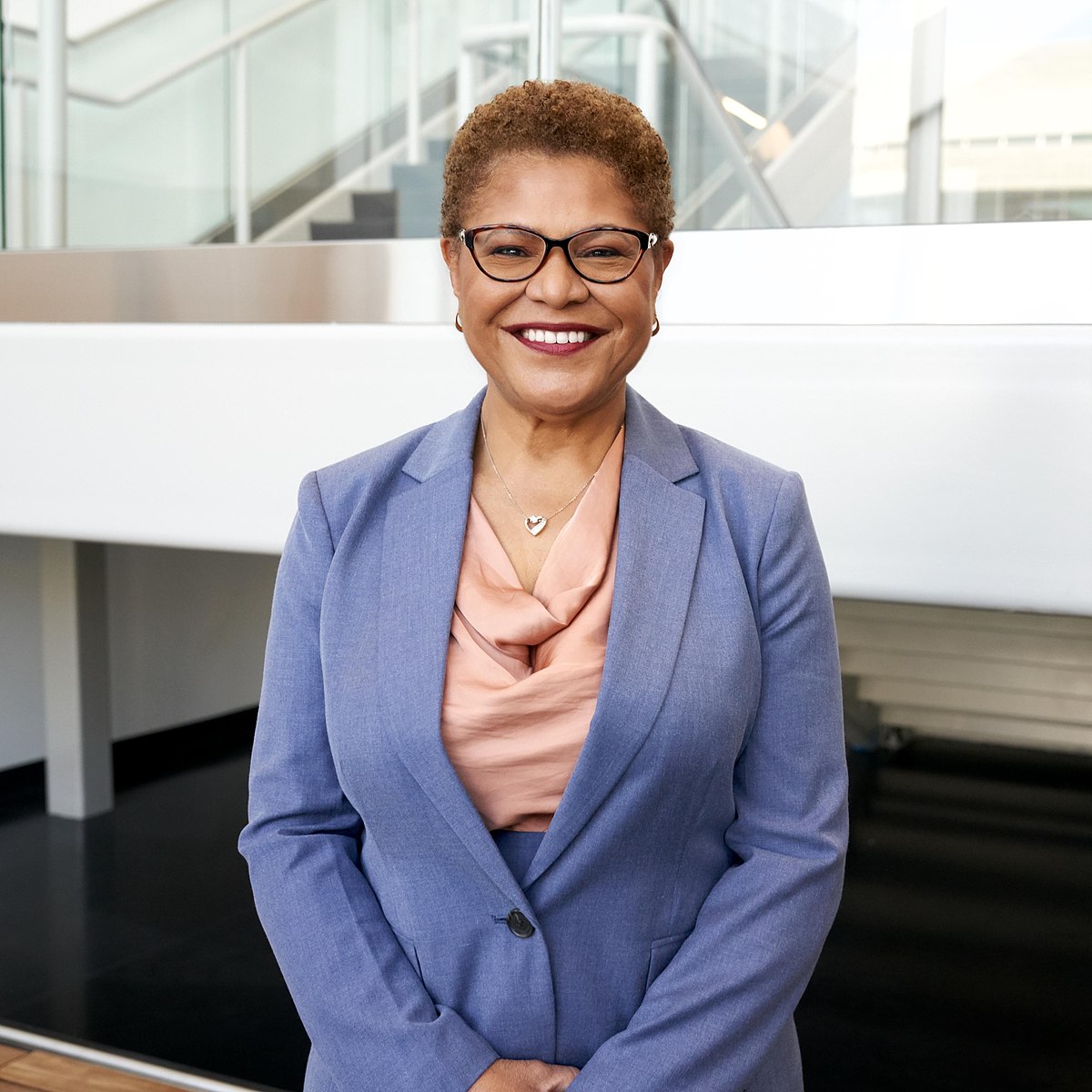California’s political legacy isn’t just shaped by its governors and senators. Some of the most important changes and enduring legacies come from the leaders of its cities. From managing booming tech economies and confronting homelessness to fostering civil rights and transforming urban settlements, California mayors have held some of the most demanding and impactful civic roles in the nation.
While some became nationally recognized figures, others worked more quietly yet left lasting impressions on their communities. This article explores some of the best mayors California has ever seen and the legacies that continue to influence the state today.

Tom Bradley: The Bridge Builder of Los Angeles
Tom Bradley’s name is nearly synonymous with modern Los Angeles. Serving as mayor from 1973 to 1993, Bradley was not only the city’s longest-serving mayor but also the first African American elected to lead a major U.S. city with a predominantly white population. His election alone marked a cultural shift, but it was his administration that truly redefined Los Angeles.
Under Bradley’s leadership, L.A. grew into a global city. He oversaw the expansion of Los Angeles International Airport, initiated a long-range mass transit plan, and helped bring the 1984 Summer Olympics to the city. His administration pushed for environmental improvements, civil rights protections, and expanded affordable housing initiatives.
Bradley’s calm and diplomatic approach made him a unifying figure during a time of significant demographic and political change. His legacy is still visible in the skyline and infrastructure of Los Angeles today.
Willie Brown: San Francisco’s Political Powerhouse
Willie Brown brought charisma and influence to City Hall when he became San Francisco’s mayor in 1996. A former Speaker of the California State Assembly, Brown carried immense political clout and brought that experience into his administration. His two terms, lasting until 2004, saw a dramatic transformation in the city.
Brown was instrumental in revitalizing downtown San Francisco and spearheading major redevelopment projects such as the construction of the new Mission Bay neighborhood. He championed infrastructure upgrades, including the expansion of the Muni light rail and the rebuilding of essential city services.
Brown’s administration embraced diversity and innovation, but he also faced criticism for being too cozy with developers and special interests. Still, his ability to navigate politics at all levels made him one of the most effective mayors in the city’s history.
Richard Riordan: L.A.’s Post-Riot Stabilizer
When Richard Riordan became mayor of Los Angeles in 1993, the city was still reeling from the 1992 riots and the economic uncertainty of the early 1990s. A Republican in a largely Democratic city, Riordan was nonetheless elected on a platform of restoring confidence and strengthening public safety.
He focused on rebuilding neighborhoods affected by the riots and supporting LAPD while also pushing for reforms in education. Riordan championed charter schools and supported greater accountability in the public school system, which was falling behind.
Though he came from a business background, Riordan adapted quickly to political leadership and was known for his philanthropic endeavors. His administration helped stabilize Los Angeles during a tumultuous period and laid the groundwork for future economic growth.
Antonio Villaraigosa: The Connector and Educator
Antonio Villaraigosa, mayor of Los Angeles from 2005 to 2013, made headlines as the first latino mayor of the city in over 130 years. His election was a reflection of the city’s evolving demographics and marked a new era of inclusion and multicultural governance.
Villaraigosa prioritized transportation, infrastructure, and education. He worked to expand the L.A. Metro system significantly, launching the city’s first modern transit expansion in decades. He also championed education reform, taking a controversial yet active role in managing public schools and increasing graduation rates.
His charisma and bilingual outreach helped him connect across a broad spectrum of people. Though not without criticism, especially for his union disputes and some personal controversies, Villaraigosa’s tangible achievements in transportation and education endure.
Gavin Newsom: The Progressive Trailblazer
Before becoming governor of California, Gavin Newsom served as the mayor of San Francisco from 2004 to 2011. He gained national attention in 2004 when he directed the city to issue marriage licenses to same-sex couples, making San Francisco a focal point in the fight for marriage equality. Though the courts quickly halted the move, Newsom’s bold stance catalyzed national discussion and helped shift public opinion.
Beyond that headline, Newsom’s administration tackled homelessness, introduced the innovative “Care Not Cash” program, and supported green energy initiatives. He pushed for clean technology investments, business-friendly tax reforms, and initiatives to improve the city’s quality of life.
Newsom’s term in San Francisco solidified his reputation as a forward-thinking, sometimes polarizing, leader who wasn’t afraid to challenge the status quo.
Jerry Brown: Oakland’s Renaissance Mayor
Though better known for his time as California’s governor, Jerry Brown’s two terms as mayor of Oakland from 1999 to 2007 had a lot of consequences. Brown adopted a hands-on approach to revitalizing Oakland, a city struggling with crime and economic decline.
He launched the “10K Plan” to bring 10,000 residents back to downtown Oakland, which helped reinvigorate the local economy. Brown also pushed for improved public safety and educational reform. His unconventional leadership style allowed him to experiment with progressive urban policies, even if some of them drew criticism. Still, many credit him with Oakland’s modern resurgence and point that his time in office as a turning point in the city’s history.
Sam Liccardo: San Jose’s Tech-Conscious Mayor
San Jose, the heart of Silicon Valley, found a dynamic and adaptive leader in Sam Liccardo. Serving as mayor from 2015 to 2023, Liccardo managed to balance tech-industry growth with inclusive policies aimed at reducing inequality. His term focused on housing, transportation, and climate resilience.
Liccardo advanced many initiatives to create affordable housing and reduce homelessness, issues exacerbated by Silicon Valley’s skyrocketing real estate market. He supported smart transportation options, including expansions of the BART and VTA systems. His climate policies emphasized sustainability, and he led the city toward ambitious carbon reduction goals.
Even though his term wasn’t without obstacles, Liccardo is widely seen as a forward-thinking, competent leader who helped position San Jose for long-term success.

Karen Bass: A New Chapter for Los Angeles
Karen Bass made history in 2022 when she became Los Angeles’s first female mayor and the second black mayor in the city’s history. While her term is still ongoing, her early approach has been strategic, especially in tackling the city’s most urgent issues: homelessness, public safety, and economic inequality.
Bass wasted no time declaring a state of emergency on homelessness and redirected resources to confront the housing crisis head-on. With a background as a community organizer and Congresswoman, Bass brings a blend of policy expertise and grassroots understanding to the office. Her leadership style is collaborative but firm, and early signs say that she might usher in a new era of equitable governance in a city that’s long struggled with division and displacement.
Even though time will ultimately determine her legacy, her historic election and initial moves already place her among the most impactful mayors of California’s major cities.
George Moscone: A Martyr for Progress
George Moscone’s time as mayor of San Francisco was tragically cut short by assassination in 1978, but his impact on the city was profound. A progressive Democrat, Moscone championed civil rights and was a friend to marginalized communities at a time when few elected officials were willing to take such public stands.
He appointed minorities and women to significant positions in city government and worked closely with Harvey Milk, one of the nation’s first openly gay elected officials. Moscone supported rent control and was deeply invested in social services and neighborhood preservation.
His assassination alongside Milk shocked the city and the nation, cementing his role not only as a political leader but also as a symbol of San Francisco’s progressive heart. His contributions laid a foundation for the inclusive identity the city maintains today.
Want to learn more about U.S. politics? Here’s an amazing book that you can read.
If you liked this article, here’s what to read next: Which Presidents Have More Controversial Legacies Than Trump?